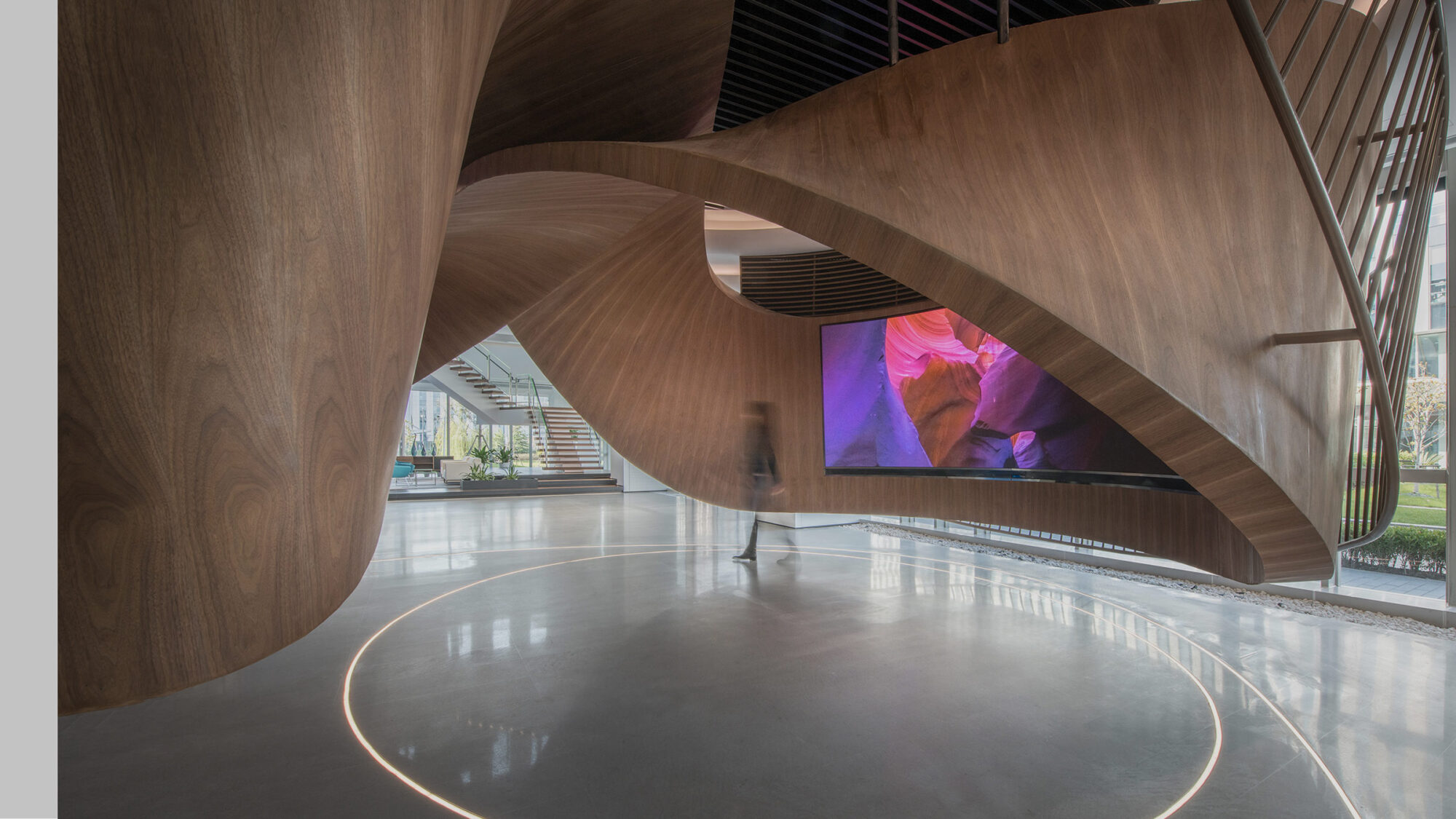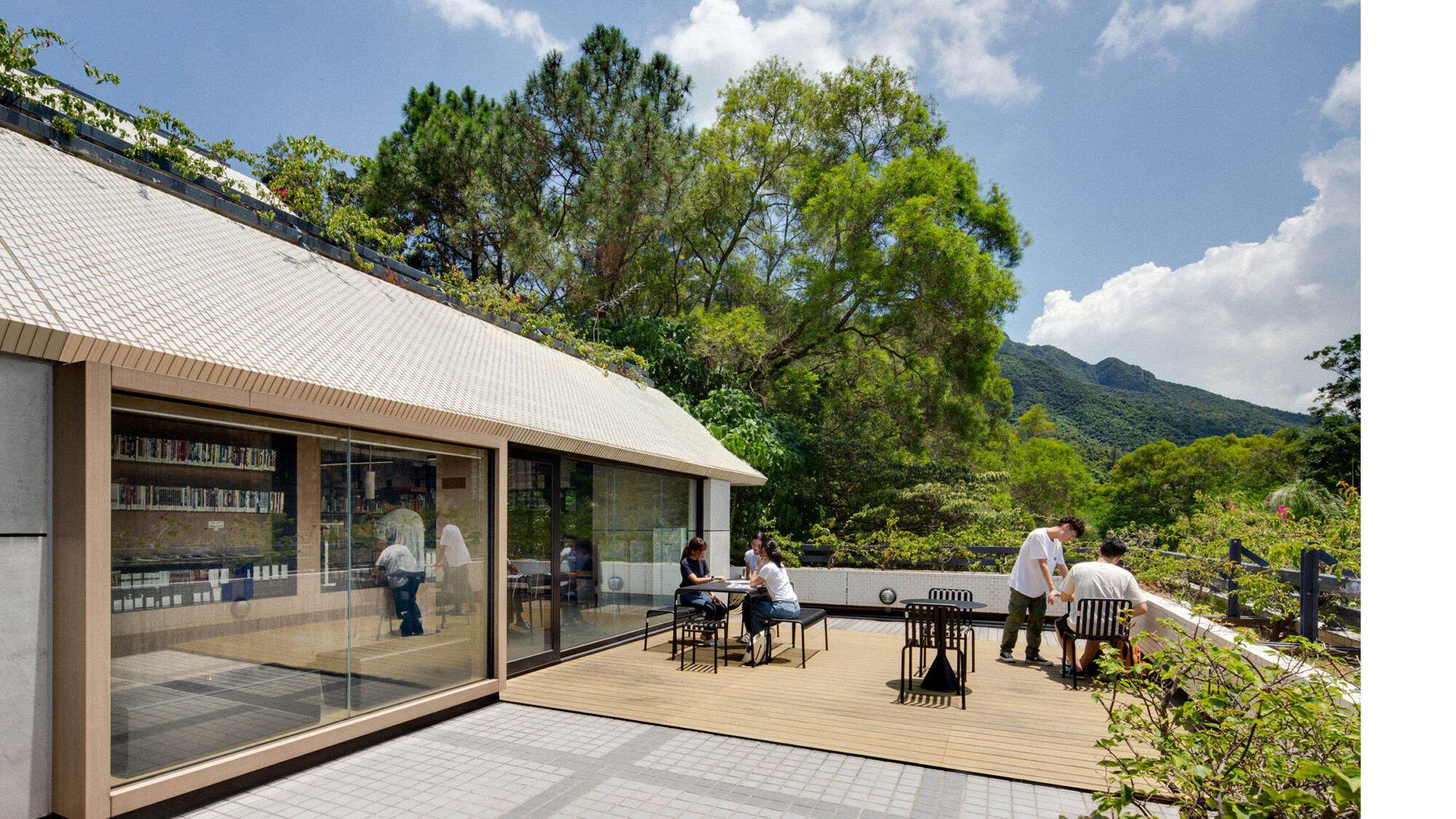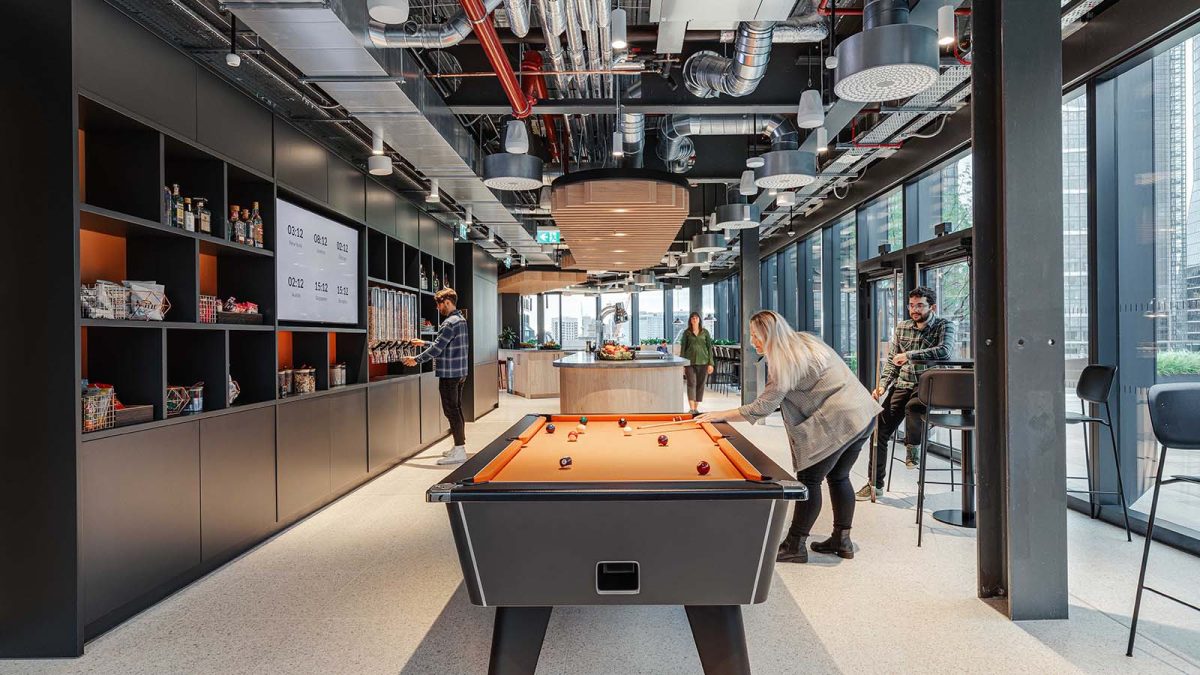









Responsible in design, accountable in delivery
At M Moser, our integrated approach means we take responsibility for every stage of a project. Our carbon accounting service helps clients track emissions across interior design, delivery, and operation. This provides you with precise data to inform decisions on cost, design and sustainability. By measuring your project against similar benchmarks, we can establish a framework where every discipline works with you to reduce its impact. It’s how our engineering, technology and sustainability expertise comes together to deliver impactful results.
We align with the outcomes you want to deliver and use these methods to measure and manage your project’s carbon impact:
The majority of a workplace project’s carbon comes from material choices and building services systems. Studies show that embodied carbon typically accounts for over 70% of total emissions in office fit-outs.
Our approach:
 Hudson River Trading tracked carbon emissions across the design and delivery of its London office
Hudson River Trading tracked carbon emissions across the design and delivery of its London office Construction activity accounts for around 10–30% of project emissions. Through careful planning and monitoring, we reduce the impact of site operations.
Our approach:
These measures make the delivery phase more resource-efficient, while maintaining programme and quality.
We’re not going to reach net zero without addressing operational carbon. It’s the largest contributor and it continues throughout a building’s life.
Sam Allen, Associate Director in Engineering, Technology and SustainabilityOnce occupied, a building’s environmental footprint shifts from materials to use. This is where our engineering team supports clients in managing their operational carbon footprint.
Services include:
By aligning operational carbon with embodied carbon reduction, we give clients a full life-cycle strategy and all the data they need for reporting. Our integrated model means we directly influence the decisions that matter most. We combine measurement with action, embedding carbon reduction across design, delivery and ongoing building performance.